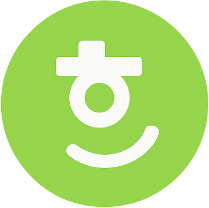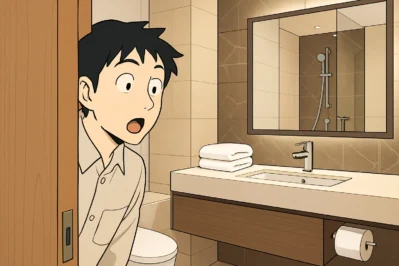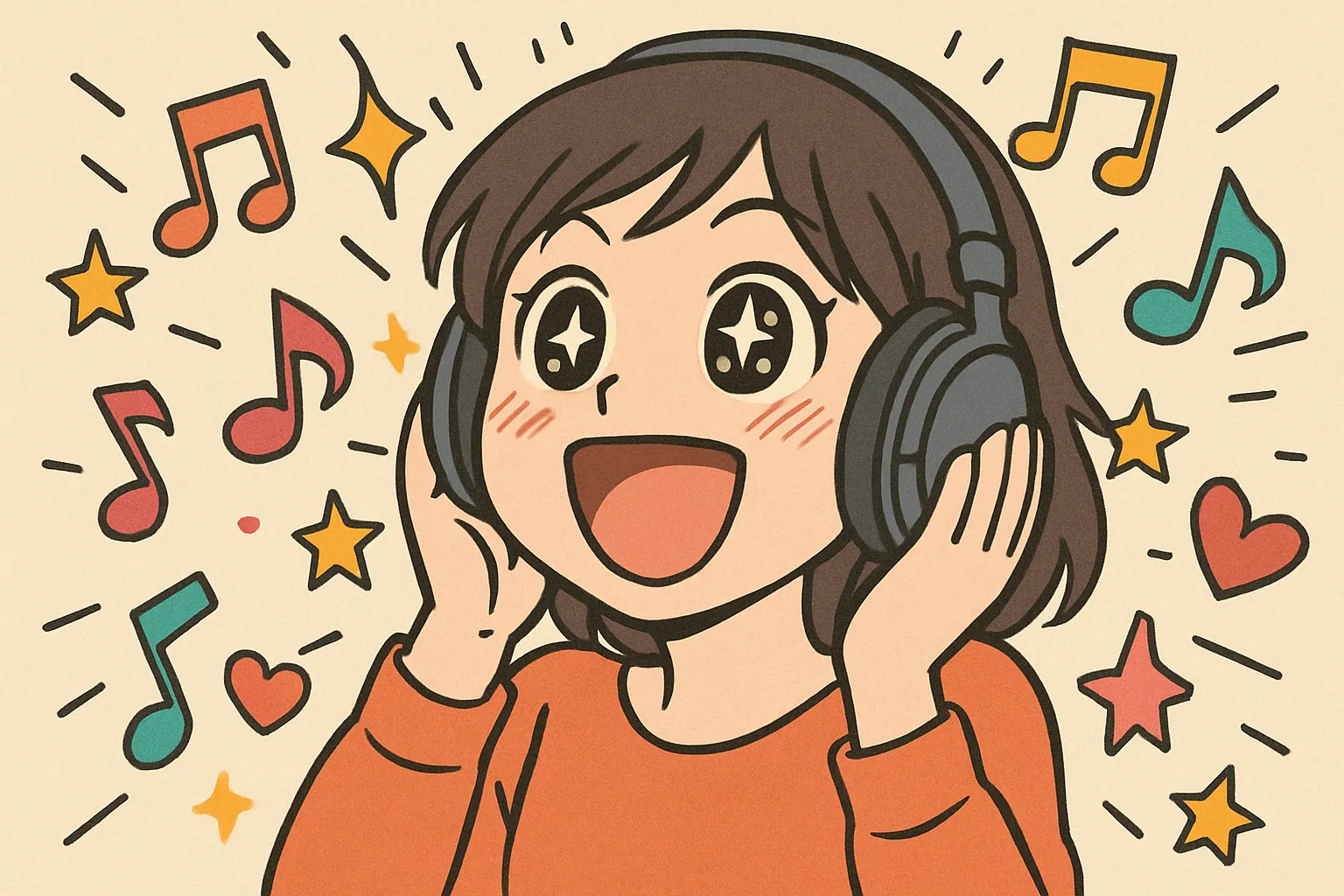K-Drama Bathroom Secrets: Essential Korean Phrases!
Hello! This is Maeil Hangeul, here to upgrade your Korean skills!
Ever found yourself at a friend’s house in Korea or in a cool café in Seoul and needed to ask for the restroom? Today, we’re tackling a super essential topic: The Bathroom (화장실). These words are your key to navigating daily life in Korea smoothly.
And here’s a fun fact! Nowadays in Korea, making home bathrooms look and feel like a luxurious hotel suite is a massive interior design trend. You’ll see these gorgeous bathrooms all over Instagram and in K-dramas. So, let’s learn the vocabulary you need to talk about them like a native!
Core Expressions You Must Know!
Here are the key words you’ll need. Let’s break them down!
- 한국어 표현: 화장실 (Hwajangsil)
- 발음 [로마자]: Hwa-jang-sil
- 영어 뜻: Bathroom / Restroom
- 상세 설명: This is the most common and polite word for a bathroom. It literally translates to “makeup room.” You can use it anywhere – in a public place, at a friend’s house, or in a formal setting. It’s your go-to word!
-
한국어 표현: 세면대 (Semyeondae)
- 발음 [로마자]: Se-myeon-dae
- 영어 뜻: Sink / Washbasin
-
상세 설명: This word specifically means the sink where you wash your hands and face. It’s a combination of
세면(semyeon – washing face) and대(dae – stand/platform). It’s a great word to know when describing a bathroom. -
한국어 표현: 휴지 (Hyuji)
- 발음 [로마자]: Hyu-ji
- 영어 뜻: Toilet Paper / Tissue
-
상세 설명: An absolutely essential word!
휴지is a general term for both toilet paper and tissues. If you’re in a situation where the toilet paper has run out, you can say, “휴지 없어요” (Hyuji eopseoyo – There is no toilet paper). -
한국어 표현: 수건 (Sugeon)
- 발음 [로마자]: Su-geon
- 영어 뜻: Towel
- 상세 설명: Whether you’re at a gym, a spa, or staying at a guesthouse, you’ll need this word. It simply means towel. A clean towel is
새 수건(sae sugeon).
Example Dialogue
Let’s see how these words are used in a real conversation! Imagine you (A) are visiting your Korean friend Minjun’s (B) new apartment.
A: 와, 집 정말 좋다! (Wa, jip jeongmal jota!)
Wow, your place is so nice!
B: 고마워! 어서 와. (Gomawo! Eoseo wa.)
Thanks! Welcome.
A: 저기… 화장실 어디에 있어? 손 좀 씻고 싶어. (Jeogi… Hwajangsil eodie isseo? Son jom ssitgo sipeo.)
Um… where is the bathroom? I want to wash my hands.
B: 아, 저쪽이야. 우리 집 화장실, 호텔처럼 꾸며봤어! (A, jeojjogiya. Uri jip hwajangsil, hotel-cheoreom kkumyeobwasseo!)
Ah, it’s over there. I tried decorating our bathroom to look like a hotel!
(A few moments later…)
A: 대박! 세면대도 정말 예쁘고, 수건도 푹신해 보여. (Daebak! Semyeondaedo jeongmal yeppeugo, sugeondo puksinhae boyeo.)
Awesome! The sink is so pretty, and the towels look so fluffy.
B: 그렇지? 아, 미안! 휴지가 거의 다 썼네. 내가 새로 갖다 줄게. (Geureochi? A, mian! Hyujiga geoui da sseonne. Naega saero gatda julge.)
Right? Oh, sorry! The toilet paper is almost out. I’ll get you a new one.
K-Culture Deep Dive: The “Hotel-Style Bathroom” Trend
As Minjun mentioned in our dialogue, the ‘호텔식 화장실’ (hotel-sik hwajangsil), or “hotel-style bathroom,” is a huge trend in Korea. It’s all about creating a clean, relaxing, and luxurious space at home.
- What you’ll see: People share their bathroom makeovers on social media, featuring minimalist designs, sleek 세면대 (semyeondae), and perfectly folded, fluffy white 수건 (sugeon). You’ll often spot these beautiful bathrooms in recent K-dramas or when celebrities give tours of their homes on YouTube.
- Sound like a Pro! If you visit a Korean friend’s home and notice their amazing bathroom, you can give them the best compliment: “화장실이 호텔 같아요!” (Hwajangsiri hotel gatayo!). It means, “Your bathroom is like a hotel!” They will be so impressed with your trendy Korean!
Let’s Review and Practice!
Awesome work today! You’ve learned four essential words for the bathroom: 화장실 (bathroom), 세면대 (sink), 휴지 (toilet paper), and 수건 (towel).
Now, let’s test your knowledge!
1. Fill in the blank:
You need to ask for more toilet paper. What do you say?
“저기요, ( ) 있어요?” (Jeogiyo, ( ) isseoyo?) – “Excuse me, do you have ( )?”
2. Make a sentence!
How would you ask, “Where is the sink?” (Hint: Where = 어디에 있어요? [eodie isseoyo?])
Leave your answers in the comments below! We’d love to see you practice using today’s expressions. Keep up the great work






